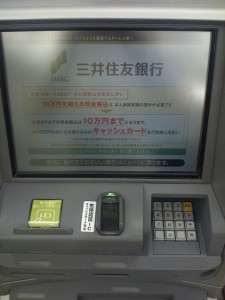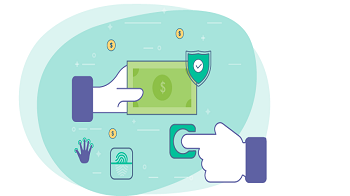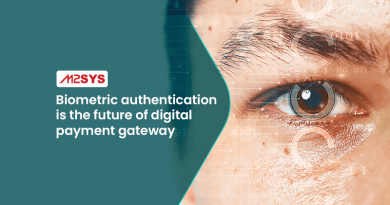How Mobile Banking, Biometrics, and the Cloud are Changing Financial Services
Before the electronic and computer revolution, banks and other financial organizations used vaults or safes with manual locking systems to protect valuables. Today, banks are looking ahead to more advanced technologies for asset protection such as mobile technology, biometrics and cloud computing to fight against theft and cyber-crime.
Technologies like mobile banking, biometrics and cloud computing are constantly evolving in the financial service and banking industry and as we sit at the start of 2015, it is time to reflect on the past year and look ahead at what is to come.
Next generation biometrics and cloud computing

Innovations in biometrics and cloud computing technology are driving banks and other financial organizations to focus on more efficient ways to offer trusted, secure, and convenient services to their customers.
Until recently, banks had to acquire their own in house database infrastructure. Although this setup does have some major advantages, there are disadvantages too, the largest one being the cost of implementing such an infrastructure. With the advent of cloud computing however, all classified financial information can now be hosted with one cloud service provider. Even a bank’s security infrastructure including its biometric systems can be outsourced to the cloud as many of the existing biometric systems are reaching the limits of their conceptual scalability due to both expanding needs and a surge in population. Cloud computing provides the building blocks for cost efficient processing and management, and it is a natural fit for mobile security.
Cashing out from ATM and mobile banking

Advanced technology makes security threats more prevalent, therefore banks and financial organizations are finding new ways to make online and cloud based interactions more secure and seamless for their clients. Demand for state of the art biometric technology is increasing slowly to meet this goal. Our physiological traits such as fingerprints, finger veins, iris, voice, or facial recognition biometrics can provide indisputable proof for authenticating ATM transactions, mobile applications, or devices. For example, the First Hawaiian Bank introduced video teller machines, image-enabled ATMs, and biometric entry systems.
A recent survey shows that younger bank customers are willing to use biometric security measures for individual identification such as fingerprints and facial recognition rather than passwords when making payments or taking cash out of an ATM or person-to-person fund transfer. New smartphone applications generate encrypted code to authenticate consumers via the cloud.
Recently, various European banks have installed stronger security measures, such as ATMs integrated with biometrics. For example, Turkish Işbank has rolled out the largest biometric ATM network in the EMEA, implementing 3,500 biometric ATMs equipped with finger vein scanners.
Biometrics are taking over mobile payment authentication

Mobile banking can be defined as the use of a mobile phone to access a bank account. The adoption of biometric technology for mobile payments has steadily increased in recent years because mobile based payments offer consumers more convenience, security, and value through biometric authentication. According to a new Deloitte report 72% of consumers would appreciate the use of biometric identification in banking (such as fingerprints or iris recognition) for device authentication in financial services transactions. In a real life scenario, both Commonwealth Bank’s mobile biometric application which allows their customers to “Tap and Pay”, and Westpac NZ’s mobile wallet, are making traditional transactions quicker, easier, helping to increase mainstream adoption. The use of biometrics for financial service transaction authentication simplifies and brings greater security to the identification processes through reducing administration costs.
Trust and security issues in mobile banking
Mobile technology creates great opportunities for the banking sector, especially due to its capabilities and population coverage. To meet overwhelming security demands, many banks have already launched their mobile applications however, concerns about security have been identified as a strong reason for users not to adopt mobile banking.
The vast majority of end users are unsure about mobile banking application security levels because today’s smartphones have great similarity with computer operating systems which allows hackers or scammers to exploit phishing schemes on mobile devices like malware or root-kits.
However, the recent iCloud scandal poured ghee on the communal fear about eavesdropping, privacy attacks, and others.
Conclusion
Biometric applications in mobile banking are often highlighted as one of the most promising banking services, but the adoption of this concept is still far behind market expectations due to a significantly higher resistance among non-users.
Even though most customers want easier and convenient access to their account, they are not aware of how safe it is to use a mobile banking app. In reality, banking via a mobile app is as safe as walking into a bank and interacting directly with a teller, and it is actually much more secure than banking through a browser on a personal computer because banks can control the security on an app much easier than through a browser.













That’s great to see how cloud computing technology has influenced the banking sectors. People who don’t usually unable to visit banks or ATMs can retrieve their banking details via mobile applications. I used to access mobile banking provision through my smartphone and used to do obtain account balances and view transaction history from a reputed bank app of New jersey.It’s a great relief to me.